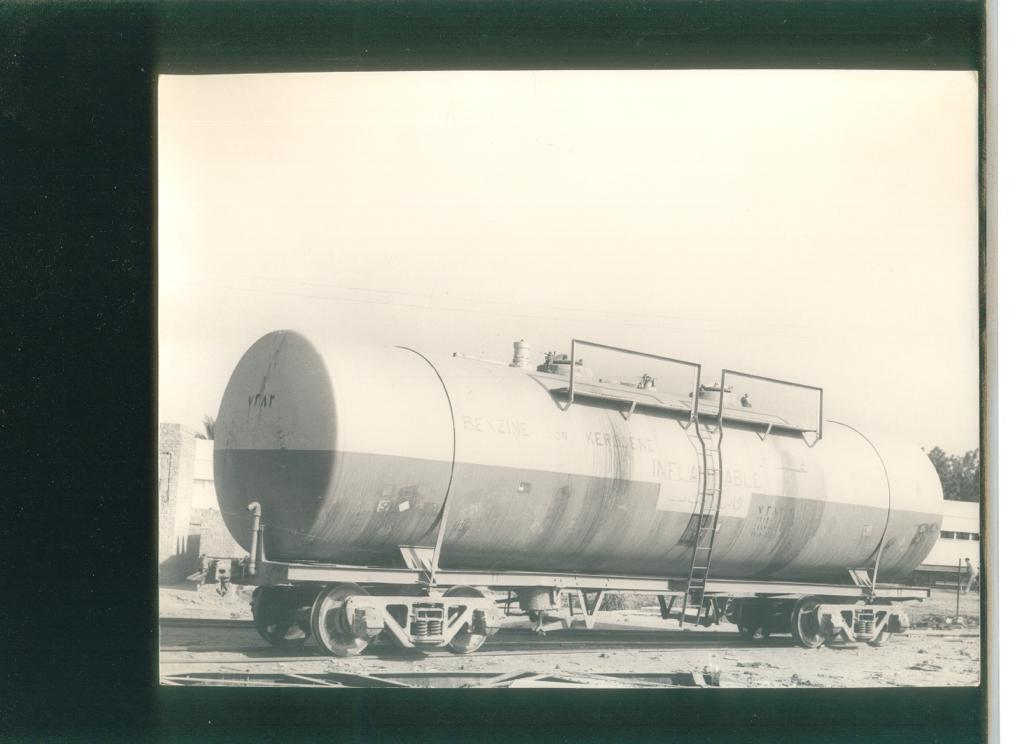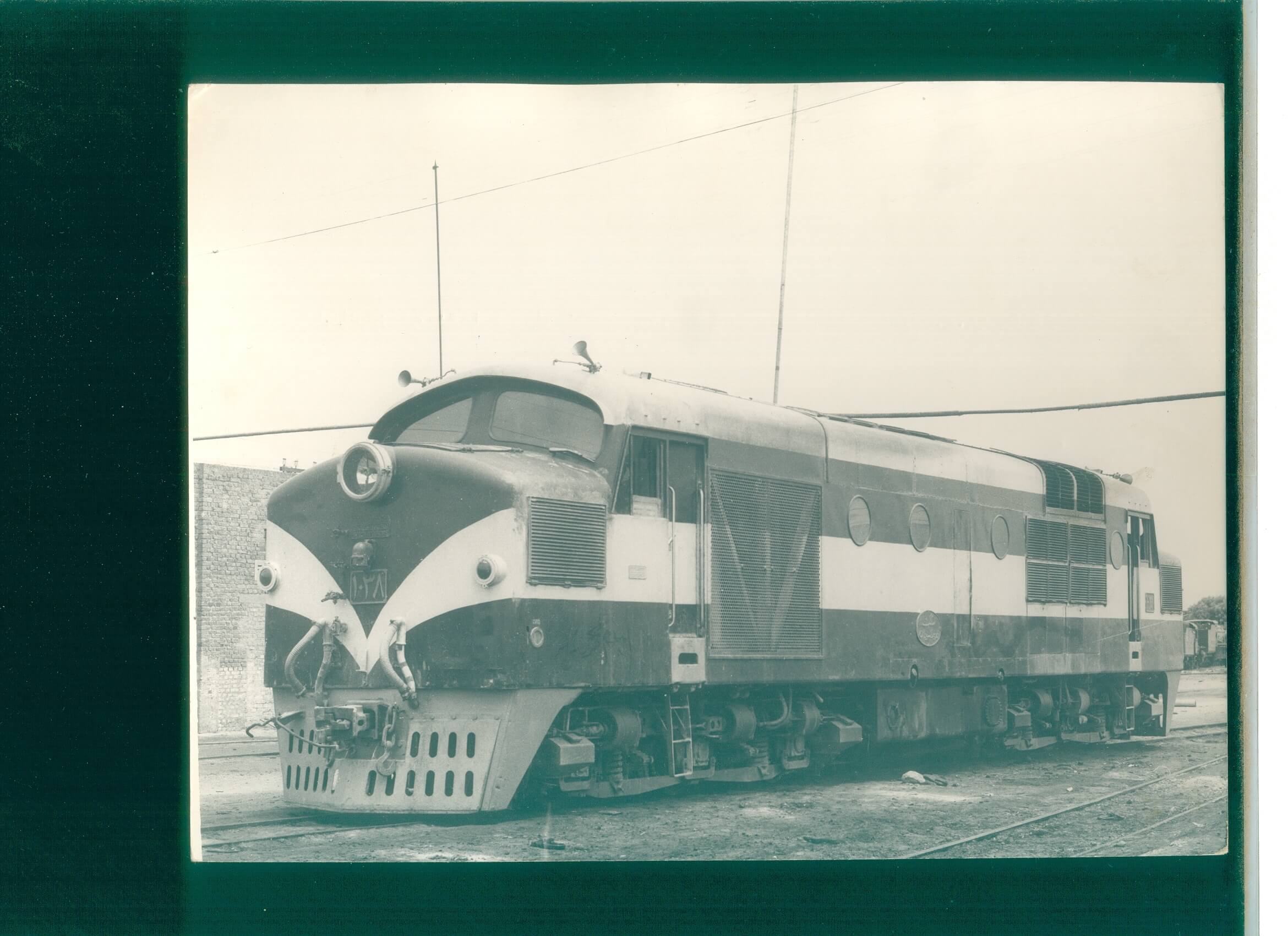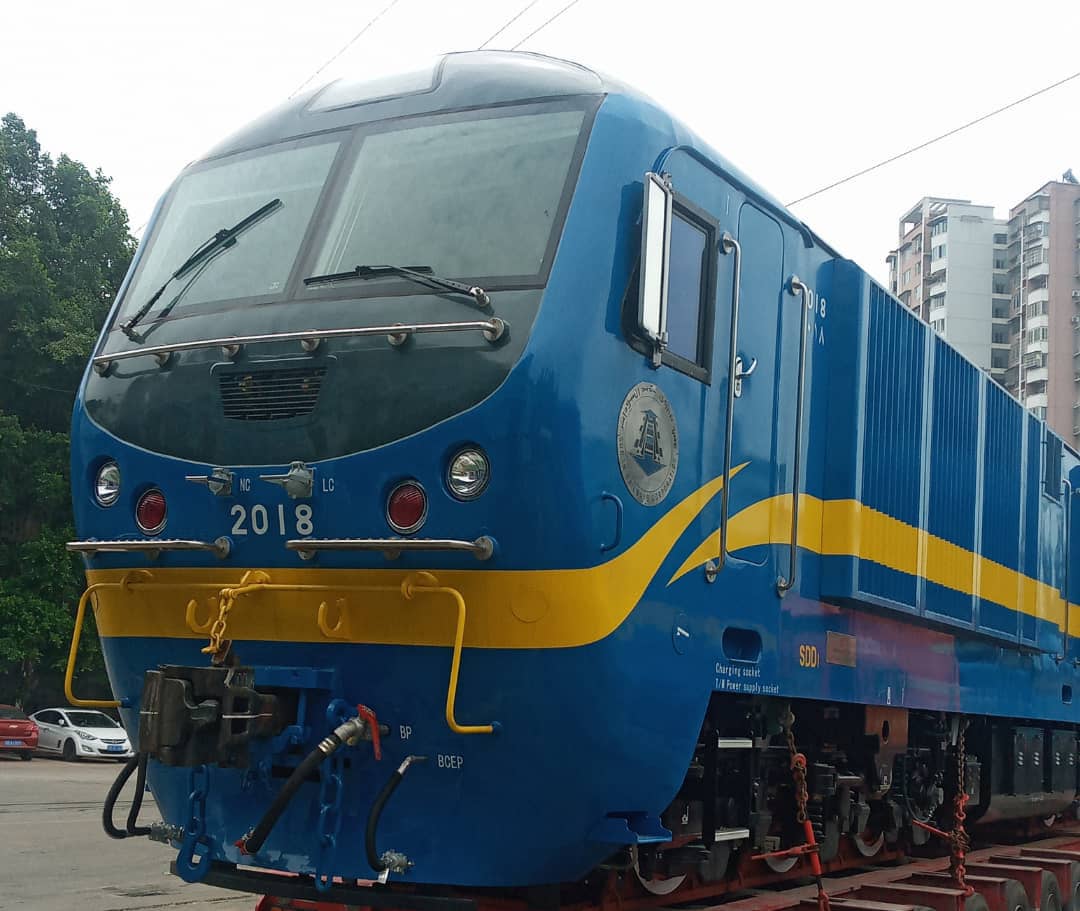Construction began in the late 19th century with the first segment from Wadi Halfa to Abu Hamad and has grown substantially in the century that followed. In 1906 a major milestone was achieved as Khartoum linked with the new seaport of Port Sudan. It provided direct connections to ocean-going transport, forming the core of the present-day network.


.jpg)




.jpg)
